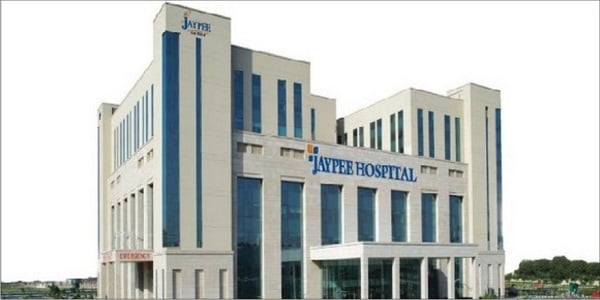Acute Leukemia in Pediatrics in India
- Acute leukemia in pediatrics primarily refers to two main types: Acute Lymphoblastic Leukemia (ALL) and Acute Myeloid Leukemia (AML).
- Definition: A cancer of the blood and bone marroww that affects lymphoid cells, characterized by the rapid proliferation of immature lymphoblasts.
Types of Acute Leukemia in Pediatrics
- Acute Lymphoblastic Leukemia (ALL):The most common type of leukemia in children, characterized by the rapid proliferation of immature lymphocytes (lymphoblasts).
- Acute Myeloid Leukemia (AML): A less common type of leukemia in children that arises from myeloid progenitor cells, leading to the accumulation of myeloid blasts in the bone marroww and blood.
Causes and Risk Factors
- Genetic predispositions and hereditary factors .
- Environmental exposures (e.g., radiation, chemicals) .
- Infectious agents and their association with leukemia.
Symptoms
1. Common Symptoms:
- Fatigue and Weakness: Due to anemia.
- Frequent Infections: Caused by low white blood cell counts.
- Easy Bruising and Bleeding: Resulting from low platelet counts, leading to symptoms like petechiae and prolonged bleeding.
- Fever: Often due to infections or the leukemia itself.
- Bone Pain: Discomfort or pain in the bones or joints.
- Swollen Lymph Nodes: Enlargement of lymph nodes, particularly in the neck, armpit, or groin.
Diagnosis
1. Medical History and Physical Examination
- Family History: Gathering information on any family history of blood disorders or inherited conditions.
- Physical Exam: Checking for signs such as pallor, bruising, petechiae, and enlargement of organs (like the spleen or liver).
2. Blood Tests:
- Complete Blood Count (CBC): Reveals anemia, thrombocytopenia, and abnormal white blood cell counts.
- Peripheral Blood Smear: Microscopic examination shows immature cells (blasts).
3. Bone Marrow Biopsy:
- A definitive test to confirm leukemia and determine its type by analyzing bone marroww samples.
Treatment Options
1. Chemotherapy:
- The primary treatment for both ALL and AML, involving multi-drug regimens administered in phases (induction, consolidation, and maintenance).
2. Targeted Therapy:
- For specific genetic mutations (e.g., tyrosine kinase inhibitors for Philadelphia chromosome-positive ALL).
3. Radiation Therapy:
- May be used in certain cases, especially if there is a risk of central nervous system involvement or for pre-transplant conditioning.
Current Research and Developments
- Innovations in treatment protocols and management strategies .
- Clinical trials focused on pediatric acute leukemia in India .
- Role of international collaboration in advancing care
Conclusion
- Acute leukemia in children is a critical condition requiring prompt diagnosis and a comprehensive treatment approach.
- Ongoing advancements in treatment strategies continue to improve outcomes and quality of life for affected children.
- Early recognition and multidisciplinary care are essential for successful management.
Haploidentical Transplant
Related Hospitals
Indraprastha Apollo Hospitals (Jasola, Delhi)
Max Super Specialty Hospital Gurgaon
Artemis Hospital (Gurgaon)
Jaypee Hospital Noida Delhi NCR India
Narayana Superspecialty Hospital Gurgaon
W Pratiksha Hospital (Gurgaon)
Pushpawati Singhania Hospital & Research Institute
[ux_html class=”dynamic-btn <"]
[dynamic_button]
[/ux_html]
[/col]
[/row]
[/section]









